Iran’s uranium enriched to up to 60 percent and in the form of uranium hexafluoride, the gas that centrifuges enrich, is estimated to have grown by 12.5 kg to 55.6 kg since the last quarterly International Atomic Energy Agency report issued on May 30, the IAEA report to member states seen by Reuters said.
At the same time, as in previous quarters, the IAEA issued a second report saying Iran had still not provided credible answers on the origin of uranium particles found at three undeclared sites that appear to mainly be old and which the IAEA has been investigating for years.
“The Director General is increasingly concerned that Iran has not engaged with the Agency on the outstanding safeguards issues during this reporting period and, therefore, that there has been no progress towards resolving them,” the second report, also seen by Reuters, said.
In the latest round of the Vienna talks in early August after a five-month hiatus, the EU put forward a "final text" of the draft decision on the revival of the Iran nuclear deal known as the JCPOA. Iran sent its own response to the EU and now is awaiting Washington's response to its proposals to reach a final agreement.
Iran has insisted that it wants guarantees from the US that it will remove the sanctions and will not leave the deal again while the Possibly Military Dimensions (PMD) file as claimed by the IAEA must be put aside forever.
While Washington and the Western countries have launched a new mediawarfare against Tehran claiming it is refusing to reach an agreement in the Vienna talks, it is them that have not responded positively to Iran's response to their proposed text, which the EU foreign policy chief Borrell has already described as reasonable.
KI


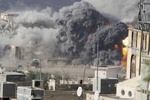
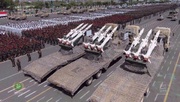

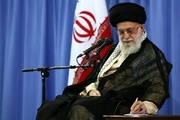



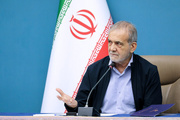
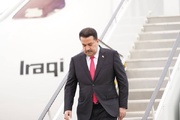








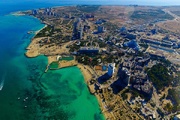


Your Comment